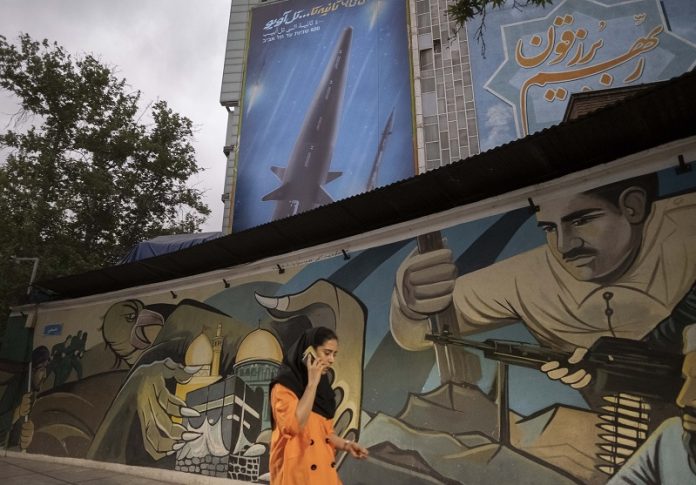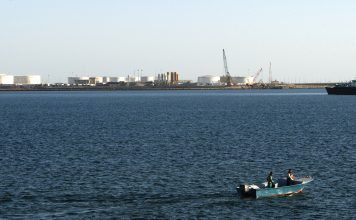
DUBAI, Aug 9 (Reuters) – Iran said on Wednesday it has the technology to build supersonic cruise missile, Iranian state media reported, an announcement likely to heighten Western concerns about Tehran’s missile capabilities.
The announcement comes days after reports on the arrival of over 3,000 U.S. sailors and Marines aboard two U.S. warships in the Red Sea to deter Iran from seizing and harassing merchant ships travelling through the Persian Gulf’s Strait of Hormuz.
“The supersonic cruise missile will open a new chapter in Iran’s defence programme, as it is extremely difficult to intercept a cruise missile flying at supersonic speeds,” the semi-official Tasnim news agency reported.
“The new cruise missile is currently undergoing its tests.”
Iran’s Navy Unveils New Ships Equipped With Short-Range Missiles
Despite U.S. and European opposition, Iran has said it will further develop its “defensive” missile programme. However, Western military analysts say Iran sometimes exaggerates its missile capabilities.
Iran, which has one of the biggest missile programmes in the Middle East, says its weapons are capable of reaching the bases of arch-foes Israel and the United States in the region.
Concerns about Iran‘s ballistic missiles contributed to then-U.S. President Donald Trump’s decision in 2018 to ditch Tehran’s 2015 nuclear pact with six major powers and reimpose sanctions on Tehran.
Indirect talks between Tehran and U.S. President Joe Biden’s administration to salvage the nuclear deal have stalled since last September.
In the latest in a series of attacks on ships in the Persian Gulf since 2019, the U.S. Navy said last month it had intervened to prevent Iran from seizing two commercial tankers in the Gulf of Oman.
The Pentagon last month sent additional F-35 and F-16 fighter jets along with a warship to the Middle East in a bid to monitor key waterways in the region following Iran‘s seizure and harassment of commercial shipping vessels.
(Reporting by Elwely Elwelly, Writing by Parisa Hafezi. Editing by Toby Chopra and Peter Graff)











